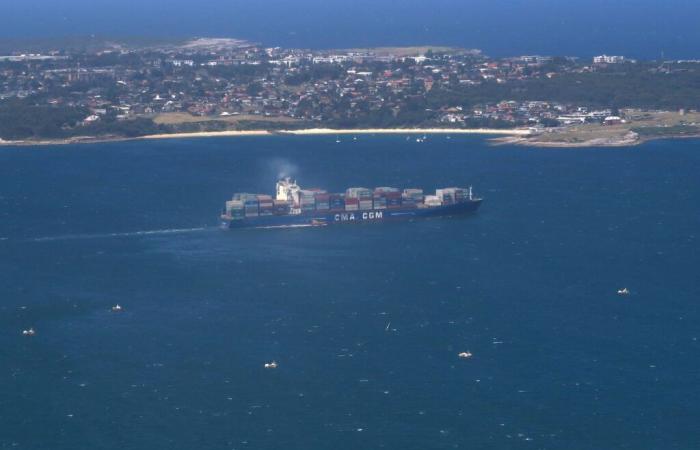Australia has recorded its best quarterly results for export to the United States, the pricing measures of President Donald Trump having triggered a gold rush, thus transforming a rare American trade surplus in deficit.
The data published Thursday by the Australian Statistics Office show that exports of Australian goods to the United States jumped at 16.7 billion Australian dollars ($ 10.71 billion US dollars) during the closed quarter in March, the triple of 5.2 billion Australian dollars exported in the same period the previous year.
Australia has registered a trade surplus of 4.1 billion Australian dollars with the United States during these three months, against a deficit of 6.2 billion Australian dollars the previous year.
According to analysts, this increase is largely explained by the sharp increase in gold exports to the United States, where buyers have formed physical metal stocks in case it is also subject to customs duties, and to cover their positions on the term markets.
Australia is one of the world’s largest producers in this precious metal, which is classified as non -monetary gold when shipped in the form of ingots.
Australia is also one of the few countries with which the United States generally records a trade surplus, an argument often advanced by Australian negotiators to oppose the taxation of customs duties of 10 % by Mr. Trump.
Chaos caused on the markets by customs duties has also stimulated investors’ demand for gold, considered as a refuge value, which has reached record levels. In Australian dollars, the price of gold has climbed 19 % since the start of the year, providing considerable liquidity to Australian mining companies.
The rise in gold exports, combined with the resumption of iron ore expeditions after poor weather conditions, brought the corrected trade surplus of the seasonal variations of Australia to 6.9 billion Australian dollars for the month of March, well above the forecast of the market which tapped on 3.9 billion.
Exports jumped 7.6 % in March compared to February, thanks to a rebound of almost 12 % of the iron ore and an increase of 26 % of non -monetary gold expeditions. Imports fell 2.2 %, mainly due to a decline in capital goods. ($ 1 = 1.5596 Australian dollar) (Wayne Cole report; edited by Muralikumar Annantharaman and Stephen Coates)








